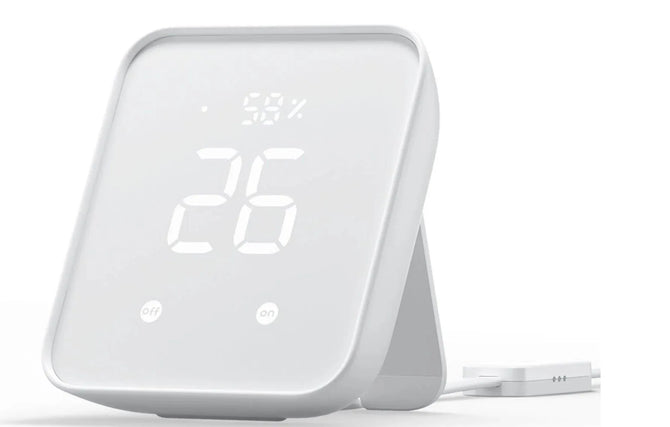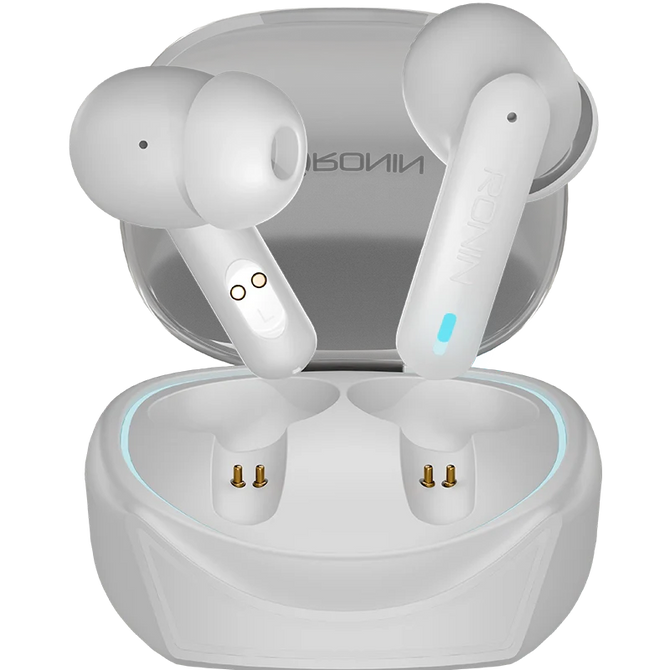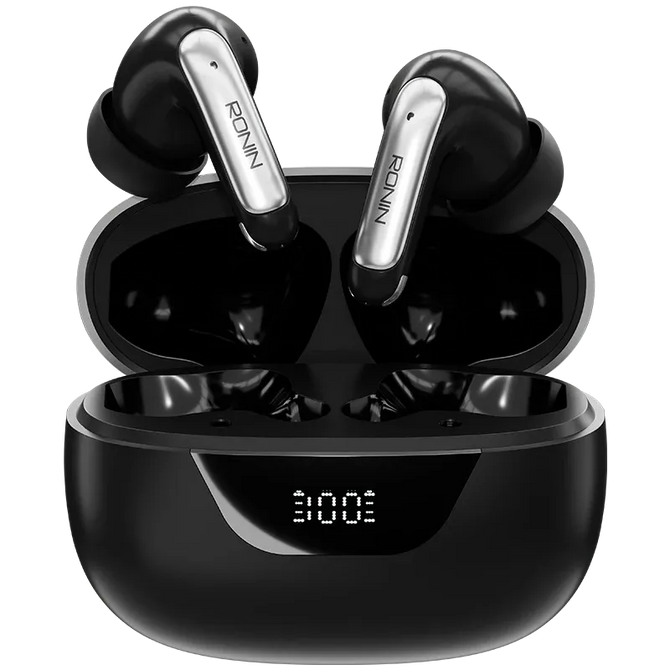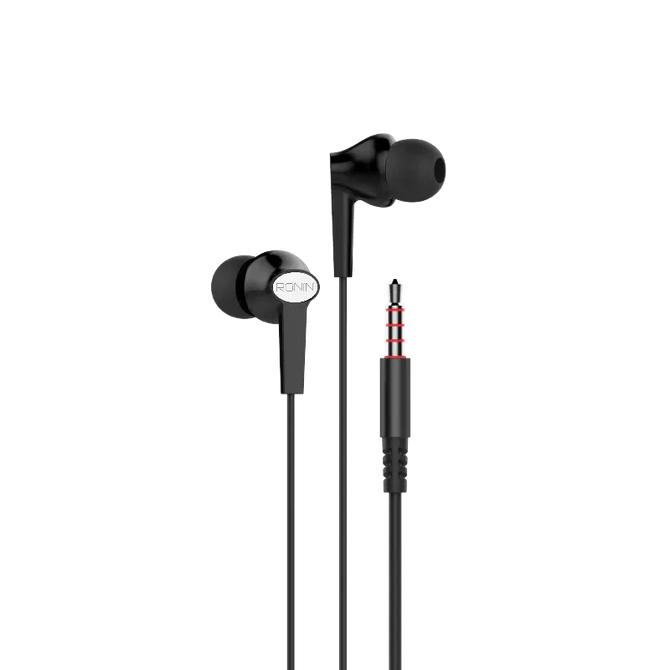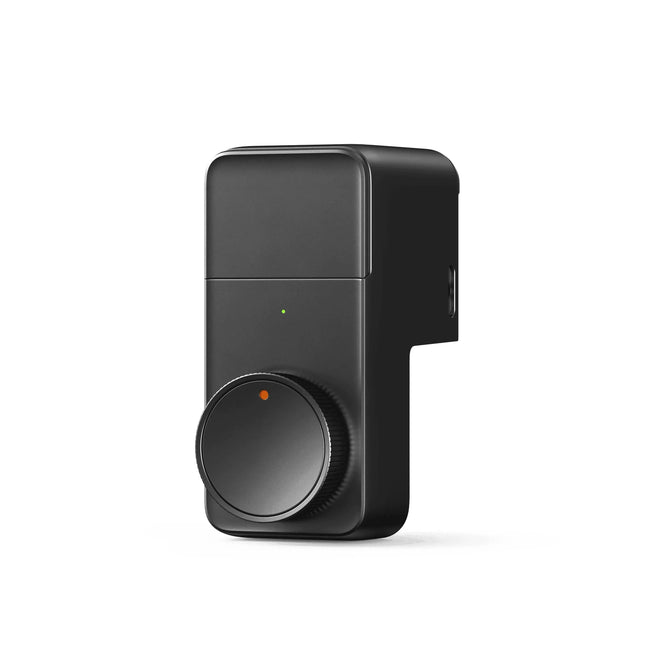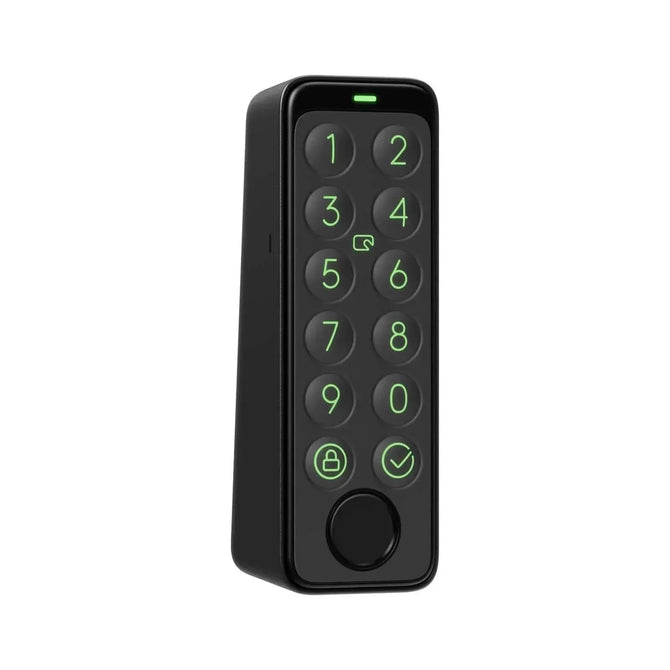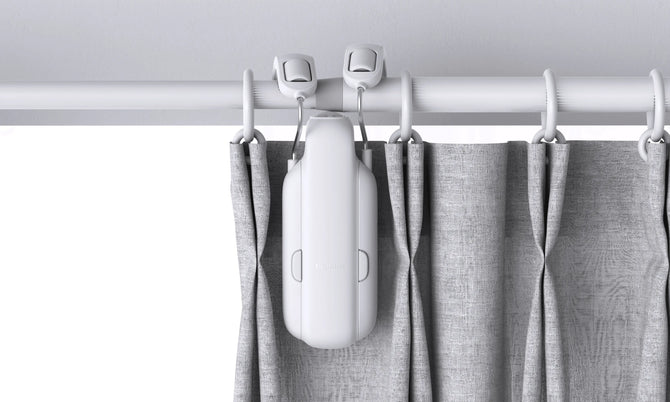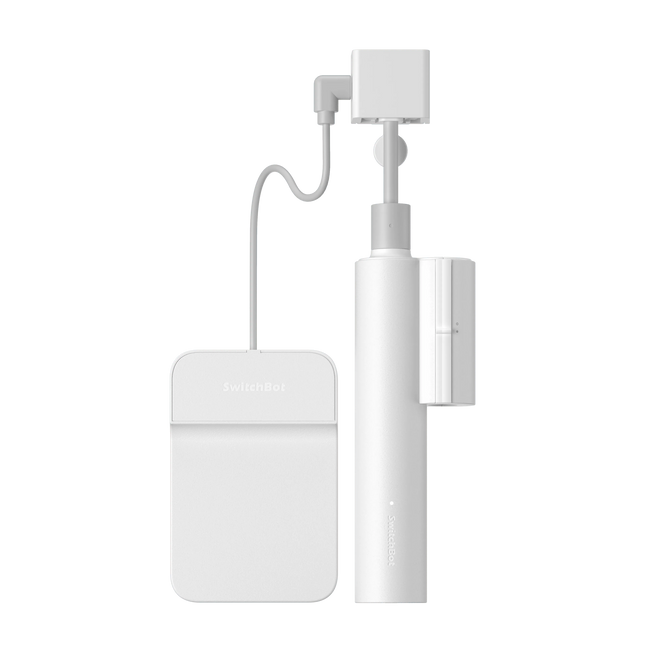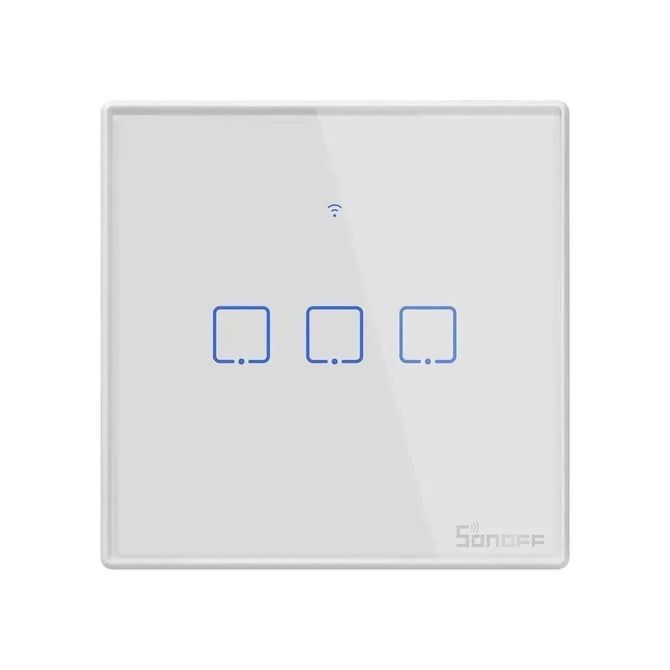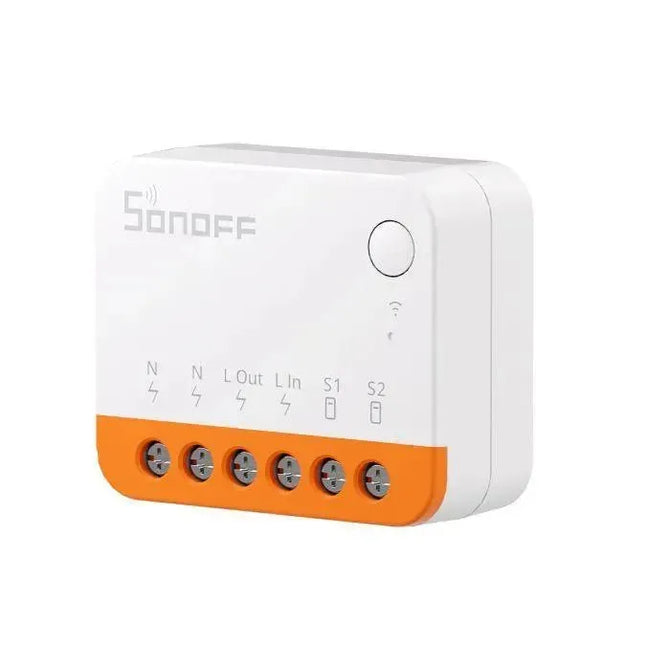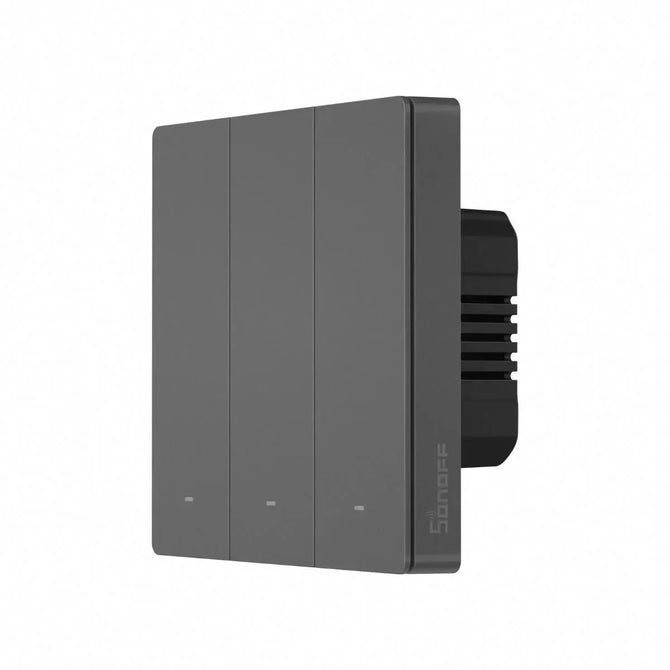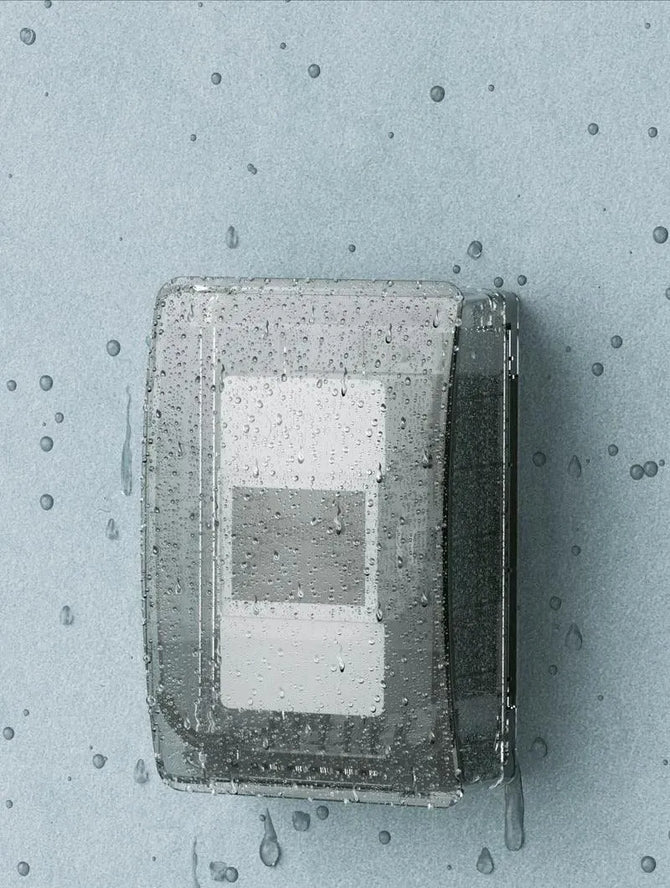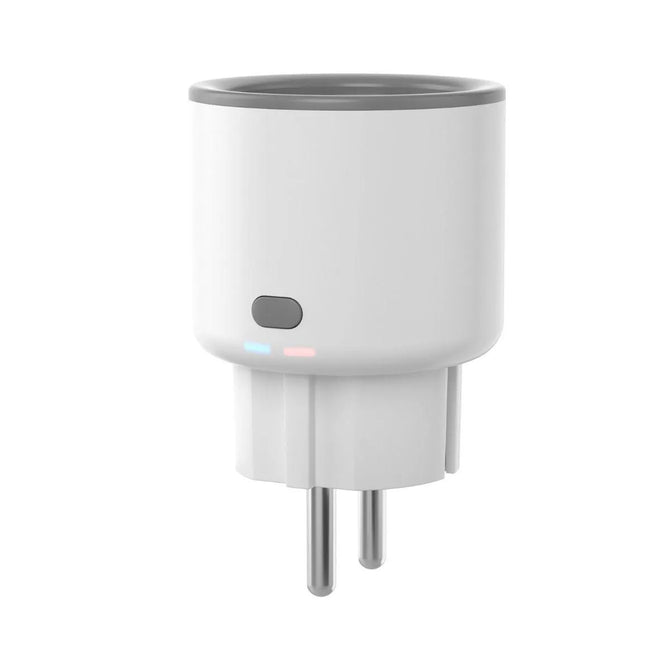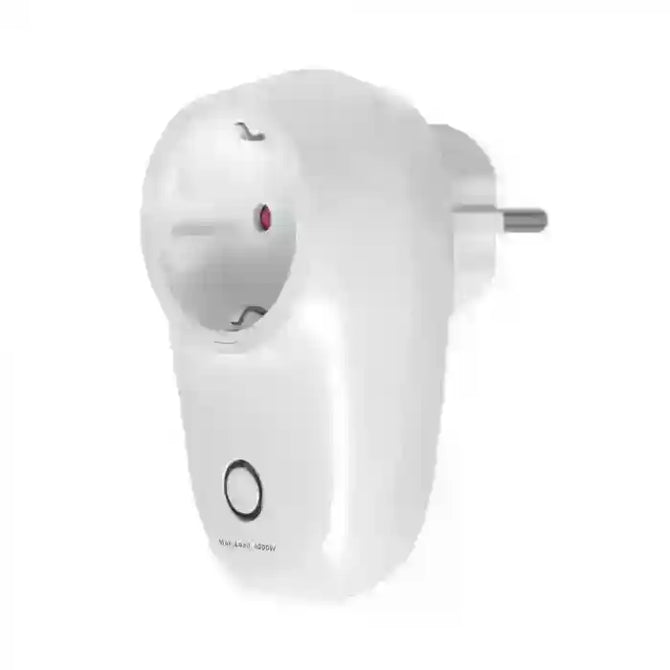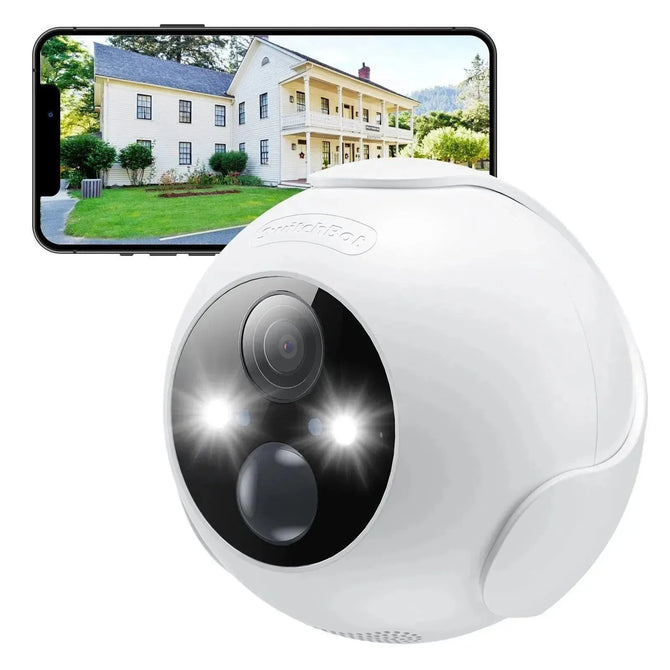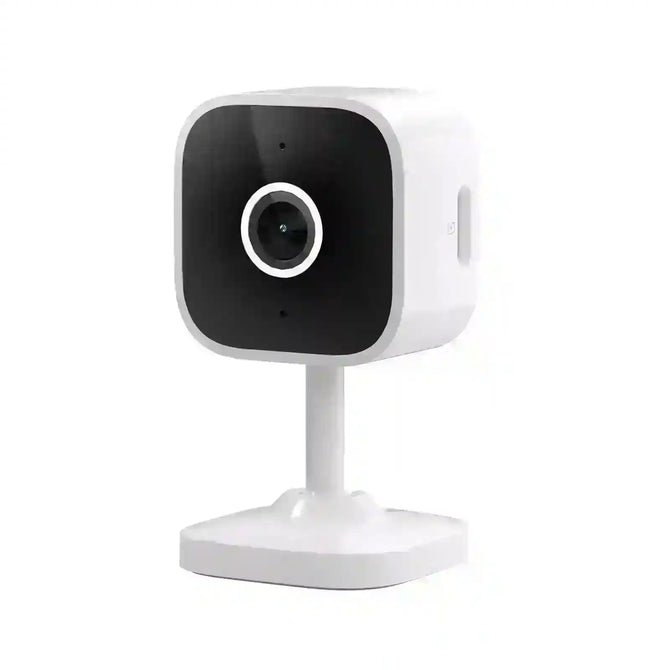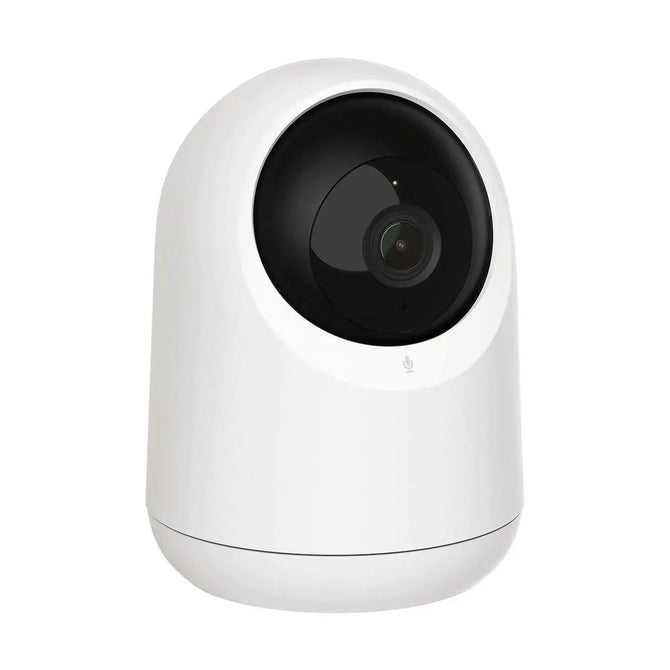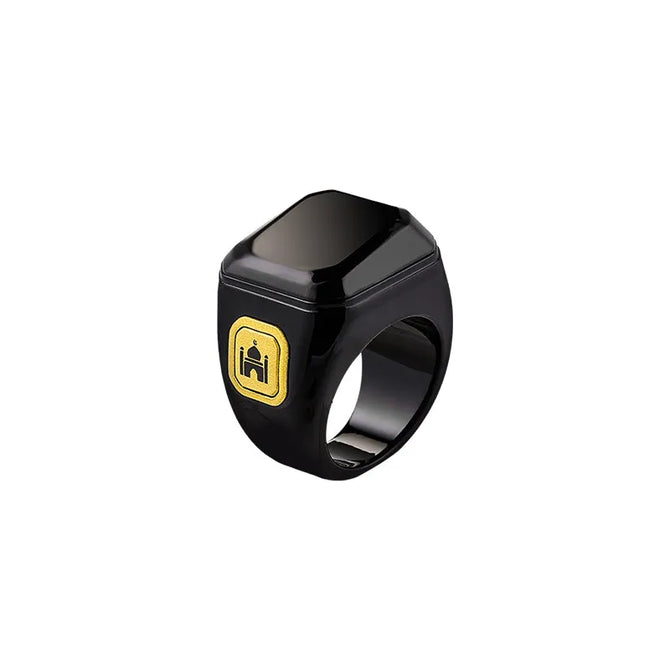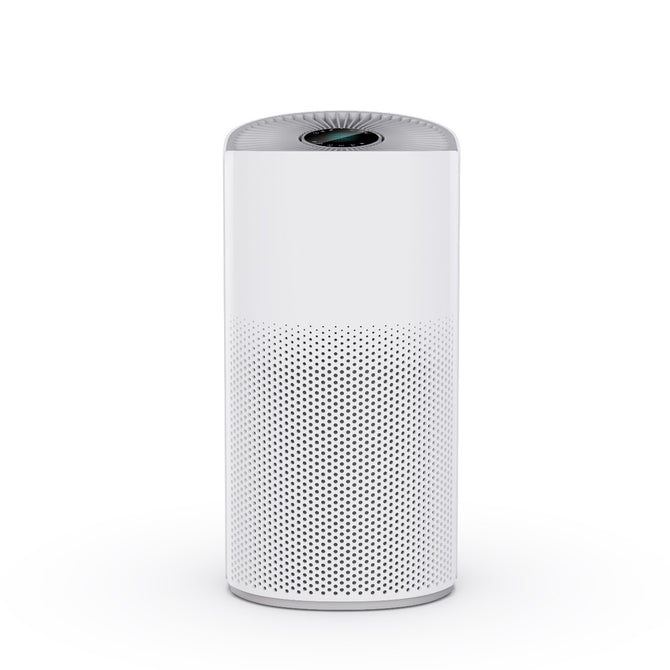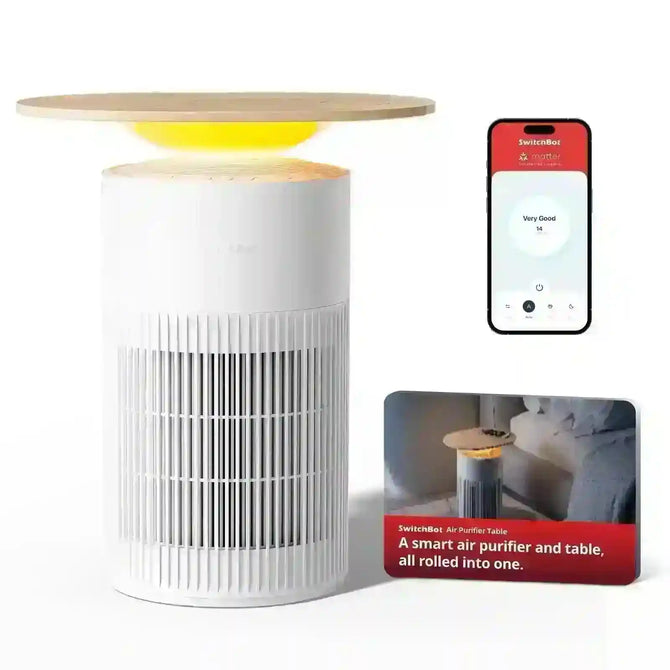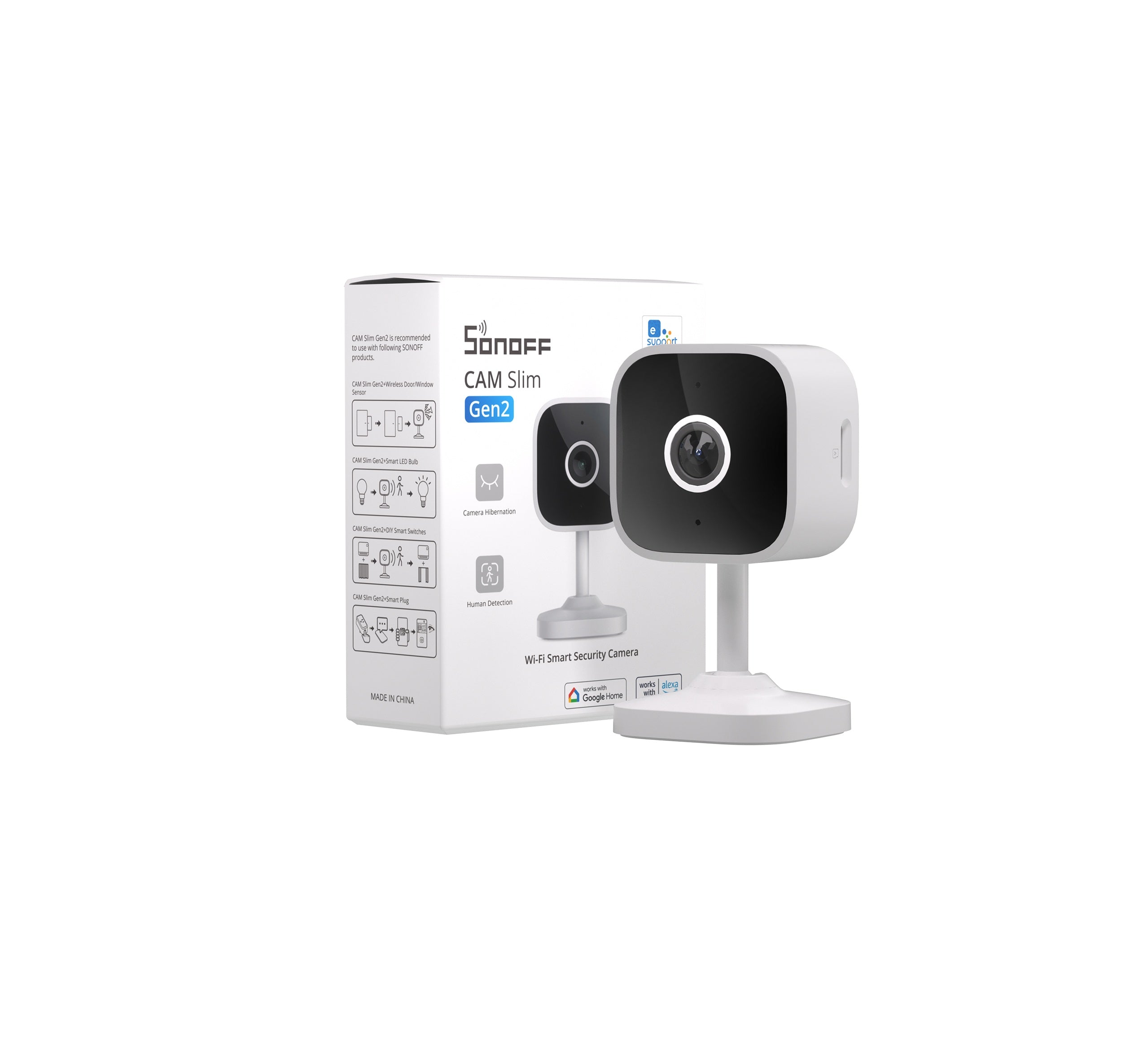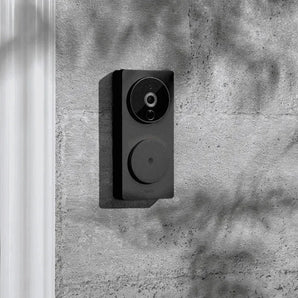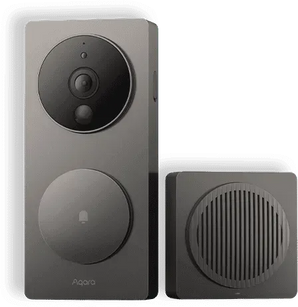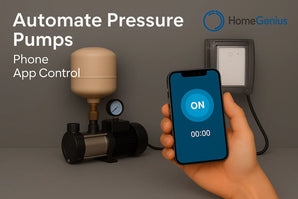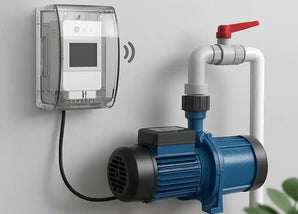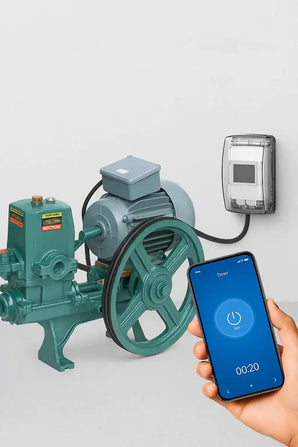In many industries and applications, measuring temperature, humidity, and moisture content is crucial for maintaining optimal conditions and ensuring product quality. Two commonly used devices for these purposes are thermo-hygrometers and moisture meters. While both tools provide valuable insights, they serve different functions and are suited for specific scenarios. In this article, we’ll explore the differences between thermo-hygrometers and moisture meters, their applications, and how to choose the right device for your needs.

Quick comparison sheet: Thermo-hygrometer vs. moisture meter
|
Feature/Function |
Thermo-Hygrometer |
Moisture Meter |
|
Primary Measurement |
Temperature and relative humidity |
Moisture content of materials |
|
Sensors |
Separate sensors for temperature & humidity |
Pins or electromagnetic waves for moisture |
|
Common Models |
Digital with LCD, analog with dials/gauges |
Pin-type, pinless (non-invasive) |
|
Typical Accuracy |
±1°C for temperature, ±3-5% for humidity |
Varies (±0.1% to ±5% based on device type) |
|
Ease of Use |
Generally easy, no direct contact needed |
May require expertise for correct usage |
|
Durability & Maintenance |
More durable, less maintenance required |
Pins may wear out, need calibration |
|
Cost |
Wide price range |
Pinless generally more expensive than pin-type |
|
Applications |
HVAC, greenhouses, museums, medical, food |
Woodworking, construction, agriculture, paper |
What is a thermo-hygrometer?
A thermo-hygrometer is an instrument designed to measure both temperature and relative humidity in a given environment. These devices typically feature two separate sensors: one for temperature and another for humidity. Thermo-hygrometers are available in various types, including digital and analog models.
Digital thermo-hygrometers often have LCD screens that display temperature and humidity readings simultaneously. They may also include features such as data logging, alarms, and remote monitoring capabilities. Analog thermo-hygrometers, on the other hand, use traditional gauges or dials to indicate temperature and humidity levels.
Thermo-hygrometers are commonly used in industries and applications where monitoring ambient conditions is essential, such as:
- Home HVAC systems
- Greenhouses and indoor gardens
- Museums and art galleries
- Pharmaceuticals and medical facilities
- Laundry rooms and baby nurseries
- Basements and attics
- Food processing and storage
- Data centers and server rooms
- Kitchens and pantries
What is a moisture meter?
A moisture meter is a device that measures the moisture content of various materials, such as wood, concrete, soil, or paper. These instruments are designed to help users determine whether a material is sufficiently dry or if it requires further drying or treatment.
There are two main types of moisture meters: pin-type and pinless. Pin-type moisture meters use two or more pins that penetrate the surface of the material being tested. These pins measure the electrical resistance between them, which correlates to the moisture content of the material. Pinless moisture meters, also known as non-invasive or surface moisture meters, use electromagnetic waves to measure moisture content without physically penetrating the material.
Moisture meters are essential tools in various industries and applications, including:
- Woodworking and lumber production
- Construction and building restoration
- Agriculture and soil management
- Paper and pulp manufacturing
- Flooring and roofing installations
Key differences between thermo-hygrometers and moisture meters.
Although thermo-hygrometers and moisture meters are both crucial in measuring moisture, they each have their own specific roles and unique features.
1. Measurement capabilities
A thermo-hygrometer is like a weather station for indoor spaces, giving you the temperature and how much moisture is in the air (relative humidity). On the other hand, a moisture meter acts like a sponge’s weight scale, telling you how much water is held inside materials like wood or concrete.
2. Accuracy and precision
When it comes to how close to the mark these devices get, thermo-hygrometers are pretty reliable, with a small margin of error for both temperature and humidity. Moisture meters, however, can vary more widely in their precision. Depending on what model you choose, they can be highly accurate or have a slightly broader range of possible errors.
3. Ease of use and portability
Thermo-hygrometers are user-friendly gadgets that don’t need to touch the air to figure out their properties, making them very straightforward to handle. Moisture meters can be a bit more complex; the ones with pins require you to stick them into materials just right to get a good reading.
4. Durability and maintenance
Thermo-hygrometers tend to be tough cookies with low maintenance since they’re not roughed up by direct contact with materials. But moisture meters, especially those with pins, might get worn down and need a little TLC now and then to keep them accurate, including cleaning and recalibration.
5. Cost and affordability
There’s a thermo-hygrometer for every wallet, from budget-friendly basics to high-end models boasting features like data storage and remote checks. As for moisture meters, the prices can climb higher, particularly for the pinless varieties that use fancy tech to check moisture without making a mark.
When should I use a thermo-hygrometer?

Got yourself a trusty thermo-hygrometer? Fantastic! These nifty gadgets are like your own personal weather reporter, giving you the scoop on whether it’s tropical or tundra-like in any given space. Let’s dive into some cool spots where this gadget shines:
- HVAC systems: It’s the guardian of good vibes, making sure your home feels less like a sauna or an igloo. With a thermo-hygrometer by your side, you can keep those pesky drafts and mold monsters at bay.
- Greenhouses and indoor gardens: Green-thumbed gurus, rejoice! This tool is like a backstage pass to the ultimate plant concert, helping you orchestrate the perfect symphony of sun and sizzle for your leafy friends.
- Music rooms or studios: String strummers and drum hitters, take note! Keep your instruments singing in harmony by keeping tabs on the climate. It’s like a backstage tech for your guitars, pianos, and violins.
- Laundry rooms: Say “nope” to damp socks and musty towels. Your laundry room won’t turn into a swamp if you’ve got one of these bad boys keeping humidity in check.
- Basements and attics: These nooks and crannies can be sneaky with their moisture malarkey. A thermo-hygrometer helps you crack the case of the creeping clamminess before your stuff starts to smell like a damp dog.
- Baby nurseries: Babies deserve the comfiest cocoons, and that means perfect napping conditions. A thermo-hygrometer ensures your little one’s lair is just snoozy enough without turning into a tropical rainforest.
- Kitchens and pantries: Chefs and snack raiders, don’t let your grub get the grumps! This handy sidekick tells you when to battle bacteria and fend off food funk by keeping things cool and crisp.
- Museums and art galleries: Calling all art detectives! Protect priceless paintings and sculptures from the dastardly deeds of wild weather swings with a trusty thermo-hygrometer.
- Pharmaceuticals and medical facilities: For potion-makers and pill-pushers, this gadget is like a health inspector, ensuring every capsule and cream stays potent and perfect.
- Food processing and storage: Foodies and freshness fanatics, wave goodbye to wilt and spoilage. Keep your eats excellent and your pantry pristine by monitoring the mood of your munchies.
So there you have it-whether you’re guarding guitars, critiquing climates, or babyproofing bungalows, a thermo-hygrometer is your go-to choice. It’s not just about measurements; it’s about mastering the meteorological mysteries of your domain!
When to use a moisture meter.
A moisture meter is a handy tool when you need to check how much water is in something, crucial for quality and safety. Here’s where it comes into play:
- Woodworking and Lumber Production:Wood can warp or crack if it’s too wet or dry. With a moisture meter, woodworkers and lumber producers can make sure the wood is just right before they start cutting or selling.
- Construction and Building Restoration: When buildings get water damage, moisture meters help spot the trouble areas so repairs can be made without guessing. It’s essential for keeping buildings safe and sturdy.
- Agriculture and Soil Management: Farmers need to know if their soil is too dry or too wet to grow healthy crops and use water wisely. Moisture meters give them the info they need to water just enough.
- Paper and Pulp Manufacturing:The quality of paper can go downhill if there’s too much moisture. Manufacturers use moisture meters to keep an eye on it, ensuring their paper products turn out well.
- Flooring and Roofing Installations: Before putting down new flooring or roofing, it’s important to check that the base isn’t damp. This helps avoid future problems like warping or peeling, and moisture meters make this easy.
Basically, wherever there’s a need to check for water content, a moisture meter is your go-to tool. It helps people in many different jobs do things the right way, saving time and avoiding mistakes.
Can you use a thermo-hygrometer and moisture meter together?
Absolutely, you can team up a thermo-hygrometer with a moisture meter for a dynamic duo in your home detective toolkit. When humidity and material moisture levels matter, here’s how these gadgets work together:
- Home Renovation Projects:If you’re sprucing up the kitchen or fixing the bathroom, use a thermo-hygrometer to keep an eye on room humidity, ensuring the paint dries like a dream and nothing warps out of shape. Then, take your moisture meter to probe into walls, floors, or woodwork to make sure everything’s dry and cozy inside before you move on to the next step.
- Houseplant Care: Your indoor jungle will thrive when you use a thermo-hygrometer to check the air is just humid enough for your tropical plants but not too damp for your succulents. Pair that with a moisture meter poked into the pots to see if it’s time to water or better to wait.
- Basement Waterproofing:Basements can get musty and damp. A thermo-hygrometer helps you track down days when the air gets too sticky, while a moisture meter can pinpoint where the wetness might be seeping into your cellar walls or floor.
- Home Brewing and Wine Cellars:For those brewing beer at home or cherishing a wine collection, a thermo-hygrometer will ensure your precious concoctions are aging in conditions that are just right. Use a moisture meter to check wooden storage racks or barrels to guard against unwanted dampness that could spoil the fun.
These tools don’t just measure; they give you the power to protect your home from mold, ensure your DIY doesn’t disappoint, and keep your greenery growing gorgeously. It’s all about making sure your castle’s climate is under control and as cozy as a bug in a rug!
How to choose the right device for your needs.

When choosing a device to help you manage the environment in your home, it’s important to consider what exactly you want to measure and how you’ll be using the information. Here’s how to pick the right tool for your household needs, with a spotlight on the thermo-hygrometer:
- Purpose:If you’re looking to keep tabs on the comfort and climate inside your home-like making sure your living room isn’t too dry for your family or your basement isn’t turning into a sauna-a thermo-hygrometer is the way to go. This device tells you the temperature and humidity level, which is super handy for everything from ensuring your bedroom is comfortable for a good night’s sleep to protecting your wooden furniture from cracking.
- Accuracy and Precision:For everyday use at home, you usually need a reliable reading but not laboratory-level precision. A standard thermo-hygrometer will do the trick for monitoring rooms, ensuring your AC or humidifier is doing its job, or even checking that your wine cellar has the ideal climate to keep your bottles in peak condition.
- Ease of Use:In the hustle and bustle of daily life, simplicity is key. Look for a thermo-hygrometer that’s easy to read and operate. Some models come with large digital displays, app connectivity, and clear alerts when levels go out of the desired range-perfect for busy homeowners.
- Durability and Maintenance:Even at home, durability can be important, especially if you have kids or pets that might knock things around. A sturdy build and simple maintenance mean your device will last longer and give you one less thing to worry about.
- Cost and Budget:Thermo-hygrometers come in a range of prices, and there’s often something for every budget. Decide how much you’re willing to spend and find the best mix of features and durability for that price. Generally, for home use, you won’t need the most high-end model, but investing in a slightly better device might give you extra useful features like smartphone integration or trend tracking.
In sum, for the daily dance of home life, a thermo-hygrometer is your trusty partner. It keeps you clued into your home’s climate so you can kick back knowing everything’s just right. Whether it’s making sure your tropical plants are living their best life or that your attic isn’t a moisture magnet, this little gadget is a homeowner’s best friend.
Thermo-hygrometer or moisture meter? Selecting the best tool for your needs.
When it’s time to decide between a thermo-hygrometer and a moisture meter for your home, think of it like this: if you need to keep an eye on your home’s climate, ensuring it’s not too muggy or chilly for comfort, go for a thermo-hygrometer. It’s your personal indoor weather station that can help prevent mold by alerting you when the air gets too damp, make sure your plants are in their happy place, and maintain the overall coziness of your living space. On the other hand, leave the moisture meter for those specific tasks where you need to measure the water content inside materials-handy during renovations or when checking if that spot under the window is just cold or actually wet. For most everyday home scenarios, the thermo-hygrometer is likely to be the hero you turn to the most to create and maintain a comfortable, healthy environment for you and your family.

